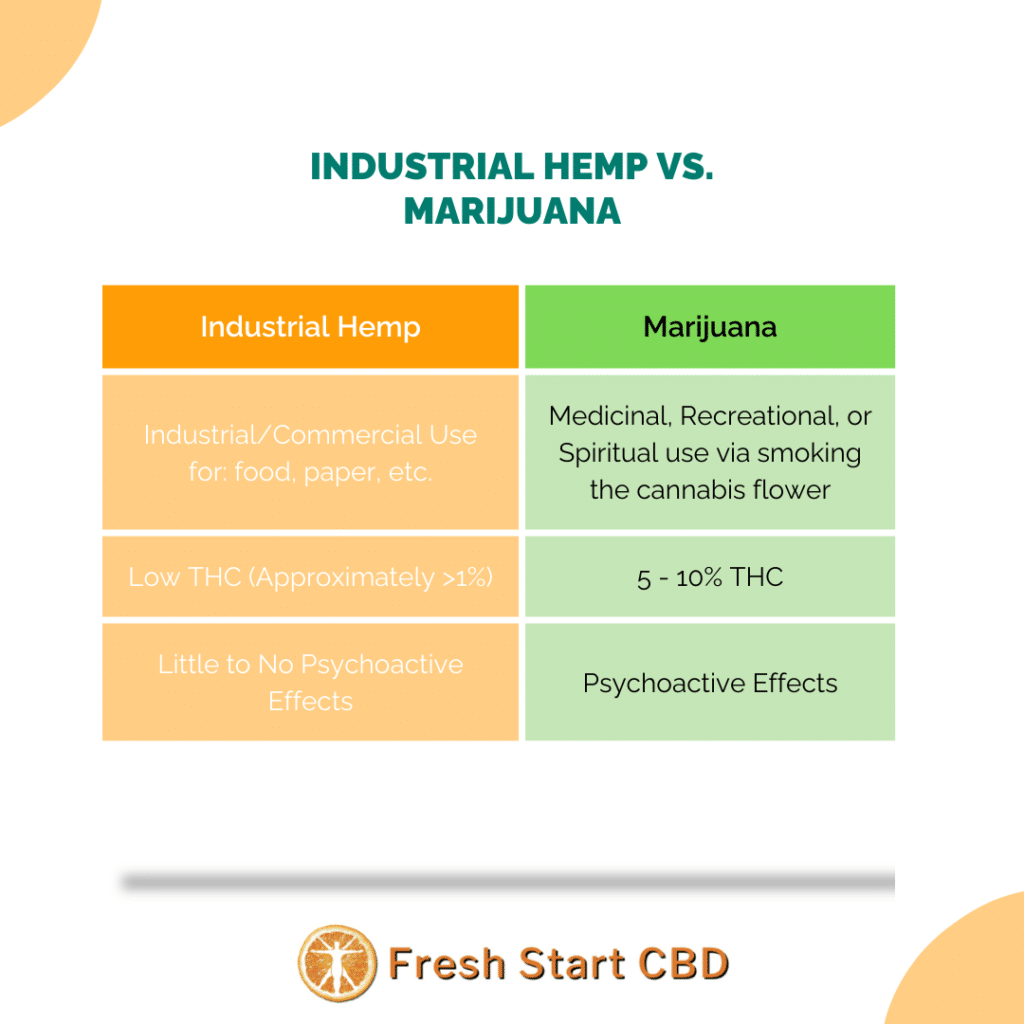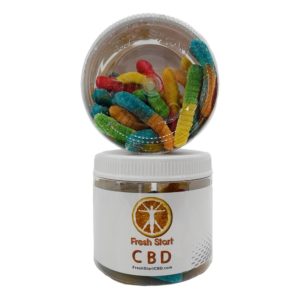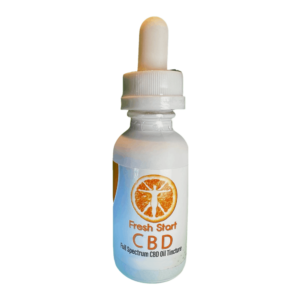*Industrial Hemp products are not approved by the FDA for the diagnosis, cure, mitigation, treatment, or prevention of any disease.*
WHAT IS CBD?
Throughout the past few years, cannabidiol, or CBD oil, has quickly become the rock star of the medical marijuana industry because of its ability to treat a variety of conditions — including epilepsy — without exposing patients to intoxicating effects.

Cannabidiol, also known as CBD, is a natural substance that has recently come into the spotlight for several reasons. Recently, CBD oil has become an accepted means of relaxation, and the substance’s popularity is rising fairly rapidly.
CBD is the second most abundant compound in hemp, typically representing up to 40% of its extracts; however, here is where the confusion starts.
Unfortunately, the most commonly referred to component of the cannabis species is the cannabinoid known as THC. THC is an intoxicating and, in many places, an illegal substance that is responsible for causing marijuana users to get “high.”
While CBD is separated and isolated from THC and CBD cannot get you “high,” there is still a lot of stigma as many people tend to mistake CBD for THC. These fears, though unfounded, are understandable to an extent, especially since the terminology surrounding CBD can be very confusing.
Nonetheless, it is impossible to get “high” by smoking or ingesting CBD hemp (which has only traces of THC), as it is also impossible to get high by consuming CBD oil products (that contain virtually no THC). You will find the extracted CBD in oil form mixed with hemp oil extracts in varying concentrations.
What’s the Difference between Industrial Hemp and Marijuana?

Hemp and marijuana both come from the same plant – Cannabis Sativa L. The term ‘Hemp’ commonly refers to the industrial/commercial use of the cannabis stalk and seed for textiles, foods, papers, body care products, detergents, plastics, and building materials. The term ‘marijuana’ refers to the medicinal, recreational, or spiritual use involving the smoking of cannabis flowers.
Industrial hemp has low THC levels compared to marijuana, specifically cultivated for personal psychoactive use. Whereas marijuana that you can smoke usually contains between five and ten percent THC, industrial hemp contains about one-tenth of that. To get a psychoactive effect, one would need to smoke ten or twelve hemp cigarettes over a very short period.
What Are the Benefits of CBD?
Researchers have linked CBD with the ability to reduce pain, nausea, depression, and anxiety. It has also demonstrated anti-inflammatory and anti-psychotic properties while having positive impacts on diabetes, multiple sclerosis, and epileptic seizures. They are also releasing more and more studies regarding CBD’s antioxidant and tumor-fighting properties!
The reason for the low THC content in hemp is that most THC forms in resin glands on the buds and flowers of the female cannabis plant. Industrial hemp is not cultivated to produce buds and lacks the primary component that forms the marijuana high. Furthermore, industrial hemp has higher concentrations of a chemical called Cannabidiol (CBD) that hurts THC and lessens its psychoactive effects when smoked in conjunction.
Is Cannabidiol (CBD) Legal?
As we’ve seen above, there is a lot of misinformation surrounding CBD, partially because its chemical properties are poorly understood and partially because of its plant origins. However, the CBD chemical chain is unrelated to and very different from the chemical chain that results in THC. As a result, unlike THC, CBD is considered a legal cannabinoid and is safe to consume in any amount and concentration.
In a surprising twist, the federal government introduced a 2014 Farm Bill with a provision that takes advantage of the fuzzy definition of “hemp” to include high CBD cannabis strains with less than .3% THC in their flowering tops. As a result, we can do research without the plants being treated federally as “marijuana.” This provision also allows “industrial hemp” (the high CBD strains under .3% THC) to be grown, produced, and sold in states where hemp cultivation is legal.
How do I select a Dosage?
An appropriately high dosage of CBD will give you all the desired effects needed, and there is no risk of overdose as CBD is harmless even in high concentrations.
People with different requirements and different metabolisms will need accordingly different CBD dosages to experience the positive effects of CBD. While there is no such thing as “too much CBD,” you can take too little to feel a difference.
Dosages can range from 5 milligrams (mg) to 100mg or 300mg per use. Most people only need about 5mg per day to start feeling a difference. People with higher needs may need to start at 5mg and go up until they find the correct dose for their body.



